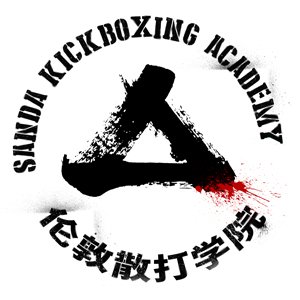Demystifying the Legends: Common Myths in Chinese Martial Arts
In the Western world, Chinese martial arts have always held a captivating allure, steeped in mystique and legend. Often portrayed in media and popular culture as ancient practices with deep spiritual and philosophical roots, these martial arts are commonly believed to trace their origins back to the fabled Shaolin Temple or to be thousands of years old. However, many of these myths and legends were created at the turn of the 20thcentury and this article we will explore and debunk some of the most common myths in Chinese Martial Arts history.
The Myth of Shaolin Origins
One of the most enduring myths is that Chinese martial arts, collectively known as "Wushu," is that many originated from the Shaolin Temple. This belief was popularized in the 20th century, particularly through cinema and literature. The reality, however, is more nuanced. Historical records suggest that while Shaolin Temple did have martial monks in the late Ming Dynasty (late 1600), most of the earlier stories of Shaolin’s prowess in martial arts are fabricated as there is no historical evidence to support an army of fighting monks at Shaolin.
The temple's association with martial arts was significantly amplified and romanticized in the 1980s Jet Li film ‘Shaolin’. Before the Jet Li movie the temple was in disrepair and no martial arts where practiced, after the movie the temple was transformed into what we know it today and the high-flying warrior monks of the 20thand 21st century were born.
The 19th Century and the Modernization of Martial Arts
Contrary to the belief that Chinese martial arts are ancient in origin, many of the systems practiced today were formalized in the 19th century. This period was a time of great social and political upheaval in China, and martial arts evolved as a response to these turbulent times. Styles like Wing Chun, Tai Chi, and Hung Gar became more systematized during this era. While these arts draw on older traditions and techniques, their current forms are relatively modern. The modern pattern focused styles of Chinese martial arts became as we know them today during the cultural revolution were martial artists that could fight were usually killed and many of the practical applications of the forms were lost.
Wrestling: The True Ancient Martial Art of China
The oldest documented form of martial art in China, as in many cultures around the world, is wrestling. The modern form of the art is known as "Shuai Jiao," but wrestling in Chinese history dates back thousands of years. Historical texts and archaeological evidence, including ancient bronze vessels and tomb frescoes, depict wrestling techniques and matches, indicating its long-standing presence in Chinese culture. In has been theorised that modern martial arts systems took the more modern practice of Shuai Jiao and added striking to the art to make what we call Kung Fu today.
Conclusion: Respecting Tradition While Embracing Truth
Understanding the real history of Chinese martial arts does not diminish their value or cultural significance. Instead, it provides a clearer picture of how these practices evolved and were influenced by historical, social, and political factors. By separating myth from fact, we can appreciate these martial arts for what they truly are: dynamic, evolving practices that are deeply rooted in Chinese culture, yet not as ancient or monolithic as often portrayed. This perspective allows practitioners and admirers alike to honour the rich heritage of Chinese martial arts while acknowledging their true historical context.
Learn modern Chinese martial arts for combat at Sanda Kickboxing Academy London. Book your free trial class and begin today!

